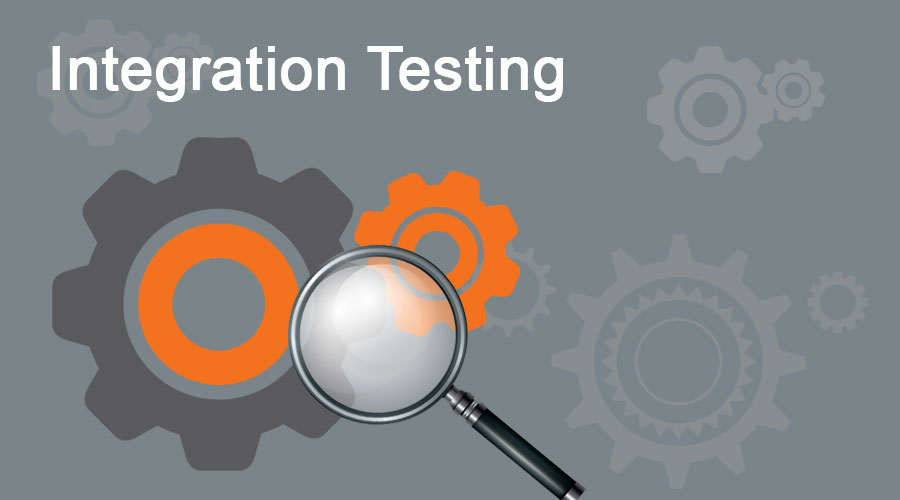In today’s fast-paced business environment, organizations are constantly seeking ways to improve efficiency, streamline operations, and enhance productivity. One of the most effective strategies for achieving these goals is software integration. By connecting disparate software systems and enabling them to work together seamlessly, businesses can optimize processes, reduce manual effort, and gain valuable insights from integrated data. This article explores the benefits and key considerations of software integration for modern enterprises.
Understanding Software Integration
Software integration involves combining different software applications and systems to function as a cohesive unit. This process enables data sharing and communication between systems, allowing for automated workflows and improved information accuracy. Integration can be achieved through various methods, such as Application Programming Interfaces (APIs), middleware, and custom integration solutions.

Key Benefits of Software Integration
Enhanced Efficiency and Productivity
By integrating software systems, businesses can eliminate the need for manual data entry and reduce the risk of errors. Automated workflows streamline processes, allowing employees to focus on more strategic tasks rather than repetitive administrative duties. This leads to significant time savings and increased productivity.
Improved Data Accuracy and Consistency
Integration ensures that data is consistent and accurate across all systems. When data is entered or updated in one system, it is automatically synchronized with other integrated systems. This reduces discrepancies and ensures that all departments have access to the same, up-to-date information, leading to better decision-making and operational efficiency.
Centralized Data Management
Software integration enables centralized data management, providing a single source of truth for the organization. This consolidation of data allows for comprehensive reporting and analytics, offering valuable insights into business performance. Decision-makers can leverage this information to identify trends, optimize processes, and drive strategic initiatives.
Scalability and Flexibility
Integrated software systems are more scalable and adaptable to the changing needs of the business. As the organization grows, new applications and functionalities can be easily integrated into the existing infrastructure. This flexibility ensures that the technology ecosystem can evolve with the business, supporting long-term growth and innovation.
Cost Savings
By reducing manual processes and improving operational efficiency, software integration can lead to significant cost savings. Automation minimizes the need for additional labor, while streamlined processes reduce operational costs. Additionally, integrated systems can optimize resource utilization, further enhancing cost efficiency.
Key Considerations for Successful Software Integration
Identify Integration Needs
The first step in a successful software integration project is to identify the specific needs and goals of the organization. Determine which systems need to be integrated and what outcomes are desired. Common integration scenarios include connecting Customer Relationship Management (CRM) systems with Enterprise Resource Planning (ERP) systems, integrating e-commerce platforms with inventory management systems, and linking marketing automation tools with sales platforms.

Choose the Right Integration Method
Selecting the appropriate integration method is crucial for the success of the project. APIs are commonly used for real-time data exchange between systems, while middleware can facilitate communication between different applications. Custom integration solutions may be required for complex scenarios or when off-the-shelf solutions are not available.

Ensure Data Security and Compliance
Data security is a critical consideration in software integration. Ensure that data is encrypted during transmission and that access controls are in place to protect sensitive information. Compliance with industry regulations, such as GDPR or HIPAA, must also be maintained throughout the integration process.
Plan for Change Management
Integrating software systems often involves changes to workflows and processes. Effective change management is essential to ensure a smooth transition and minimize disruption. Communicate the benefits of the integration to stakeholders, provide training and support, and address any concerns or resistance.
Test and Validate the Integration
Thorough testing is vital to ensure that the integrated systems function as expected. Conduct comprehensive testing to identify and resolve any issues before full deployment. Validate the integration by verifying that data is accurately synchronized and that workflows operate smoothly.

Conclusion
Software integration is a powerful strategy for enhancing efficiency, productivity, and data accuracy within an organization. By seamlessly connecting disparate systems, businesses can streamline operations, reduce manual effort, and gain valuable insights from integrated data. To achieve successful integration, it is essential to identify the specific needs of the organization, choose the right integration method, ensure data security, plan for change management, and thoroughly test the integration. Embracing software integration can drive significant business growth and innovation, positioning the organization for long-term success in a competitive market.













